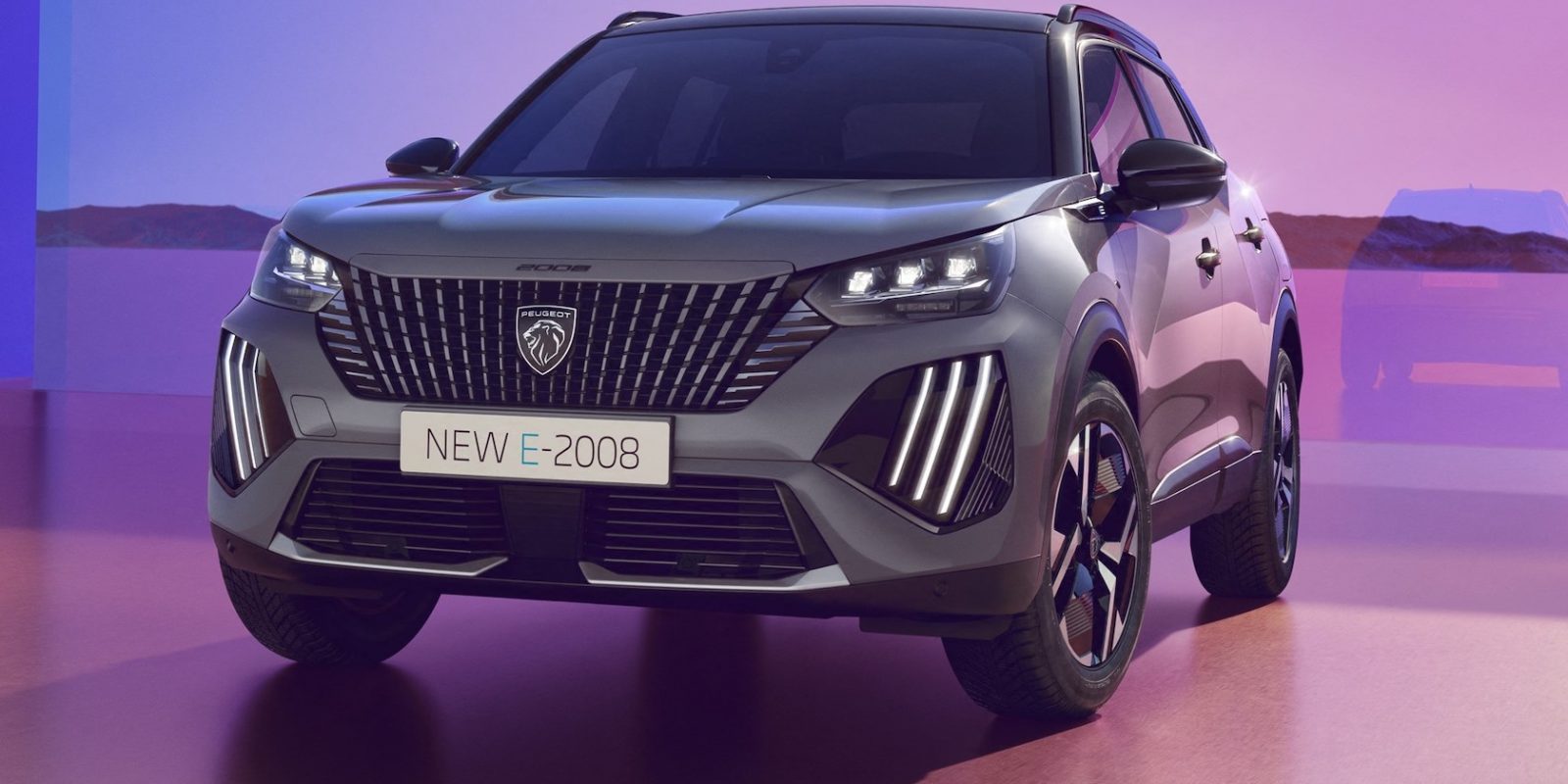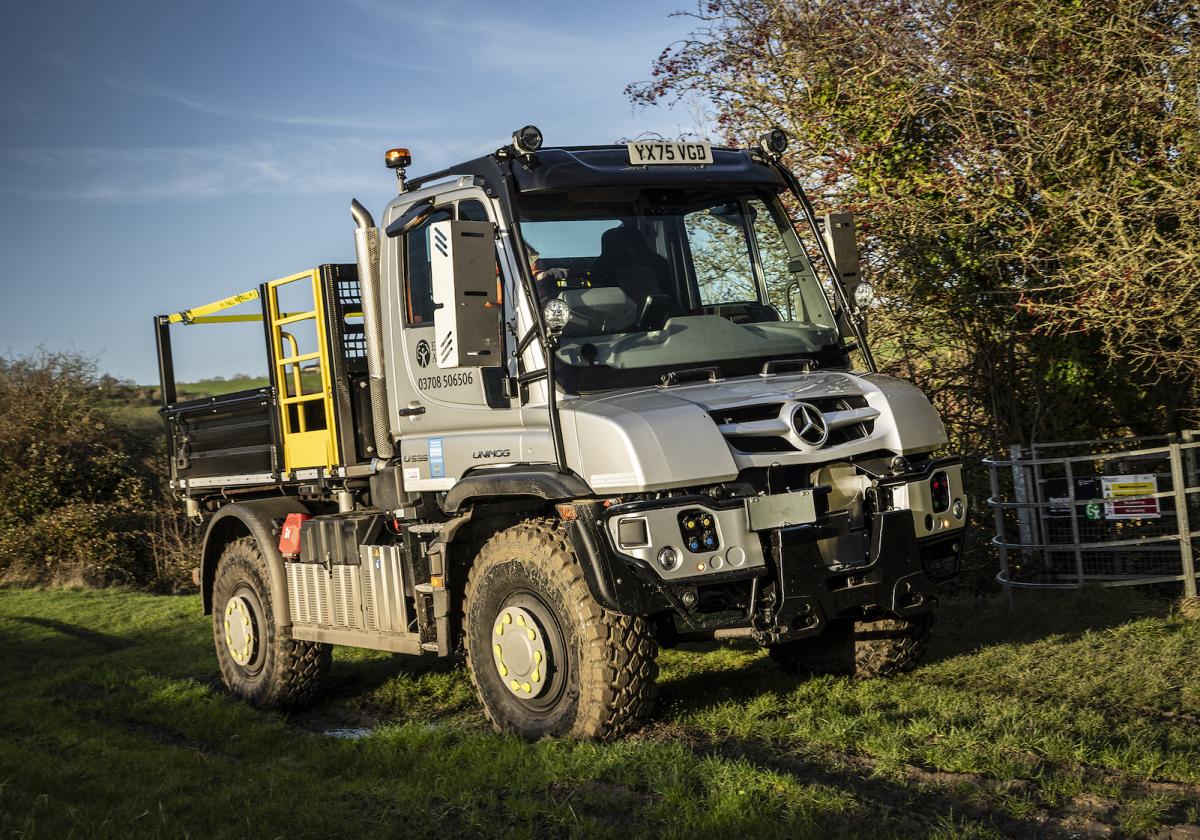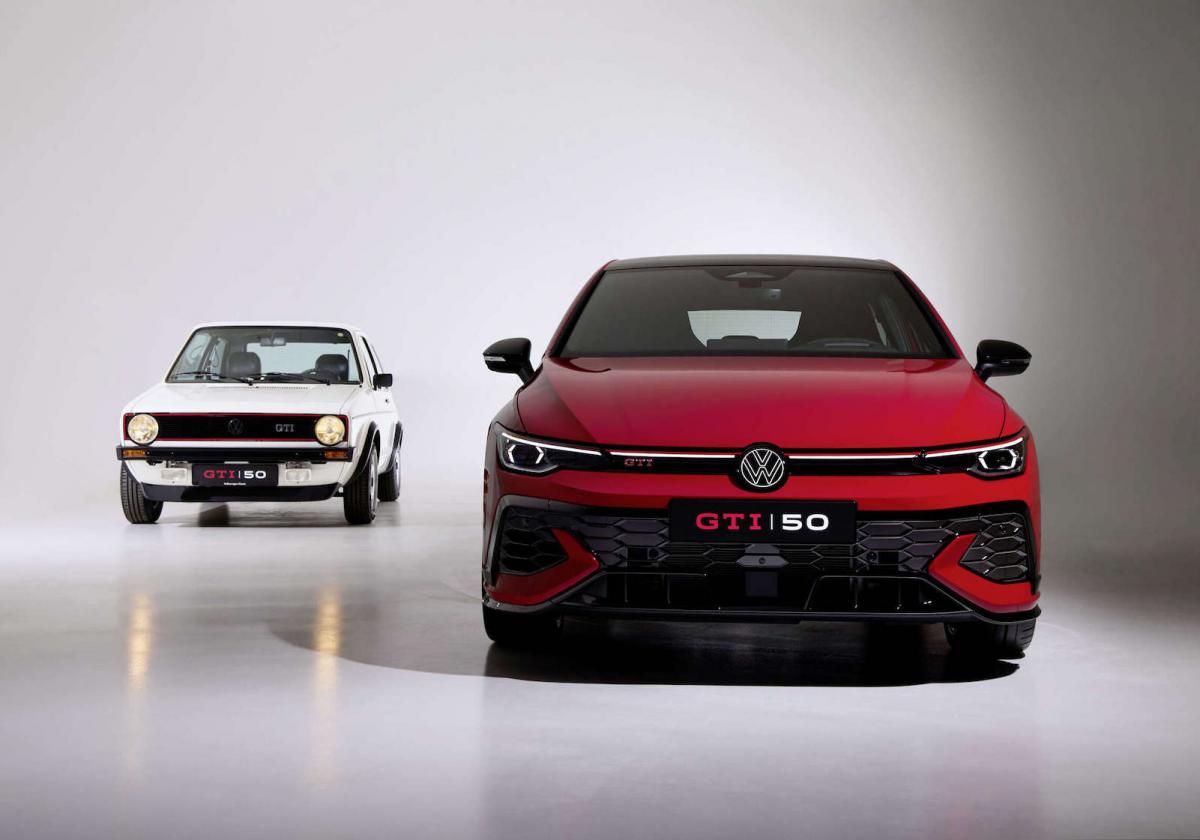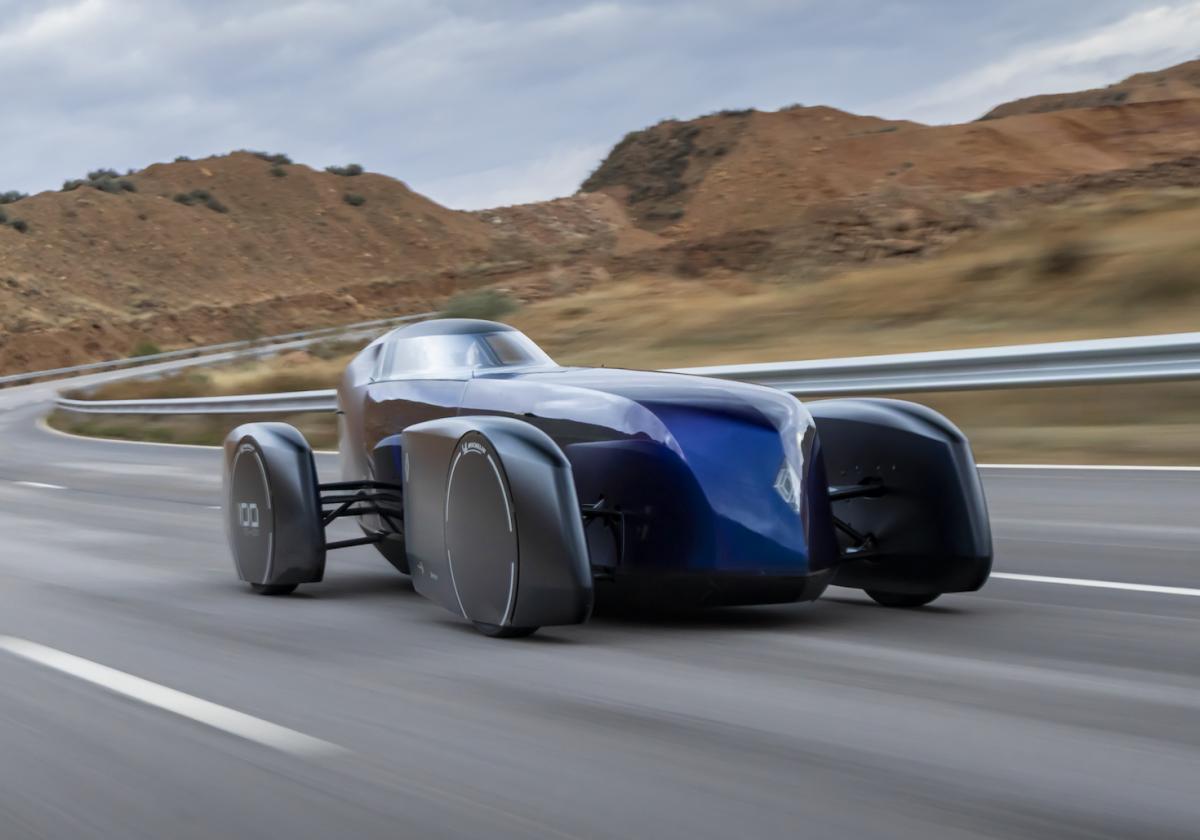According to a recent report, Stellantis has selected Malaysia as its export hub in the Asia-Pacific region. The company plans to export approximately 280,000 vehicles in four years from its assembly factory in Gurun, Kedah, beginning in 2025—with Peugeot being the brand’s most focused option. We are expecting up to five fully-electric vehicles (EVs) will be assembled in Malaysia by the automotive giant. Citroen and Jeep models are also expected to sell strongly.
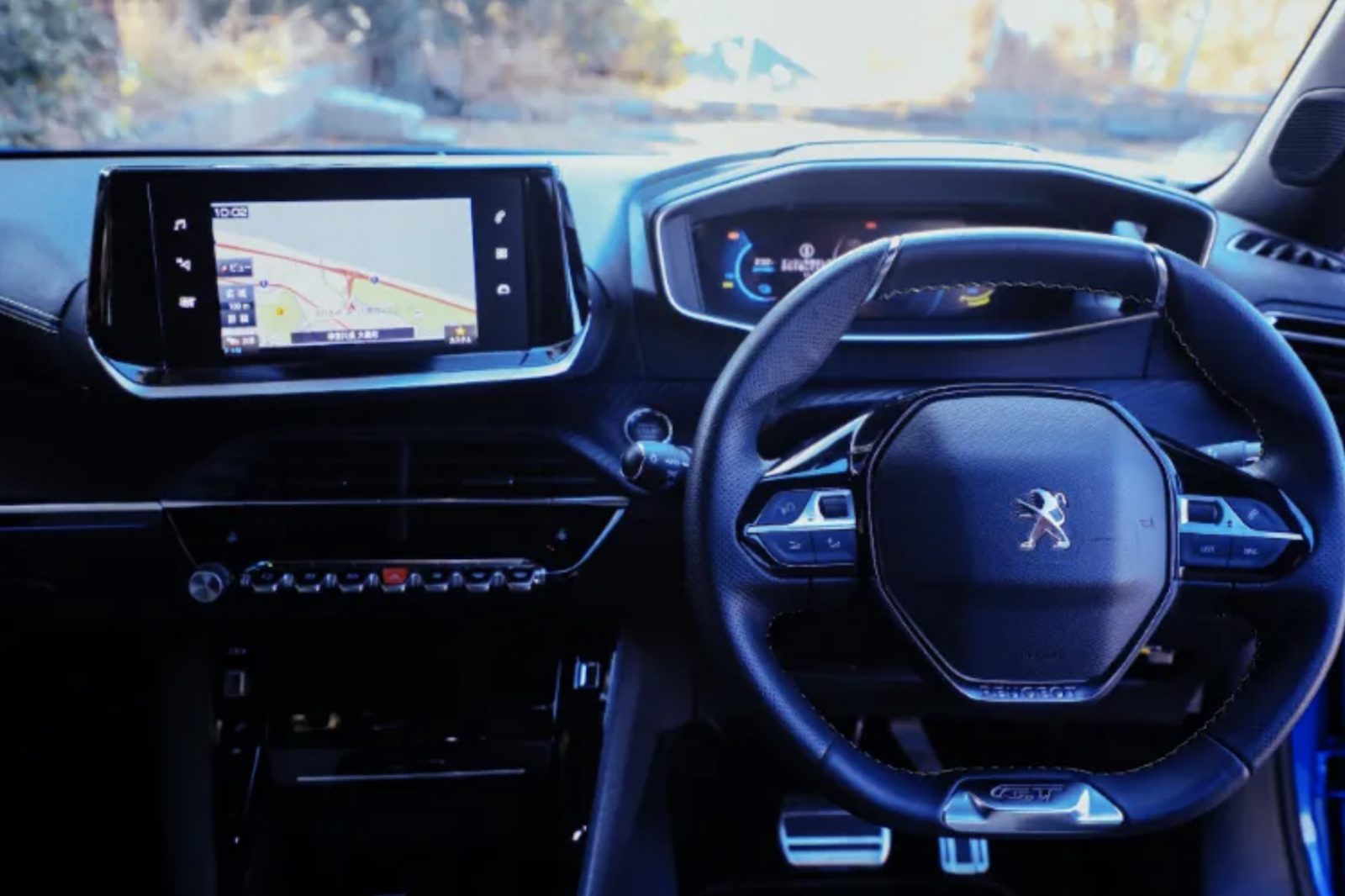
According to Ashwani Muppasani, Stellantis’ Chief Operating Officer for India and Asia-Pacific, EVs will account for 67% of the company’s sales in the ASEAN region by 2030.
Furthermore, Malaysia will serve as both the Asia-Pacific headquarters of Stellantis and the storage and distribution centre for spare parts for Stellantis brands, serving 18 countries in the area. Additionally, Ashwani stated that between 2025 and 2028, all automobiles produced at the Gurun facility would be shipped to 20 Asia-Pacific nations. And by 2026, products developed on the company’s STLA Medium platform will include up to 80% ASEAN components.
Some 1,500 job opportunities at the Gurun facility and up to RM5 billion in component purchases from Malaysia will be made possible by the project. For the purpose of transferring information and technology, Stellantis also plans to establish a regional training academy in Malaysia.
Stellantis redirects focus away from U.S. towards Asia
Stellantis has redirected its attention to the Indian and Asia-Pacific markets, as its growth in the North American and European sectors has slowed down due to market saturation.
With an annual export capacity of 60,000 units, the Gurun facility is currently the sole ASEAN plant for the company located outside of Vietnam. The facility’s capacity will be extended to 90,000 units as part of its planned growth plans, which will be driven by exports.
Since 2021, the Gurun facility has been entirely owned by Stellantis, an automobile partnership established between Fiat Chrysler Automobiles (FCA) and the PSA partnership. Formerly owned by Naza Corporation, the plant manufactures and exports Peugeot models like the 2008, 3008, and 5008, to ASEAN countries including Thailand, Cambodia, Malaysia, and the Philippines.
Stellantis stated late last year that it will be replacing Bermaz as the Peugeot brand’s distributor. In the first quarter of 2024, the company will also establish a new National Sales Company (NSC) in Malaysia, which would oversee and handle the country’s distribution and sales of Stellantis Group automobiles.
OUR THOUGHTS
It does not come as a surprise to see Malaysia chosen as a Stellantis export hub in the Asia-Pacific region. The country boasts a strong infrastructure, a skilled workforce, a relatively stable economy and a perfect location for exporting models to ASEAN.

